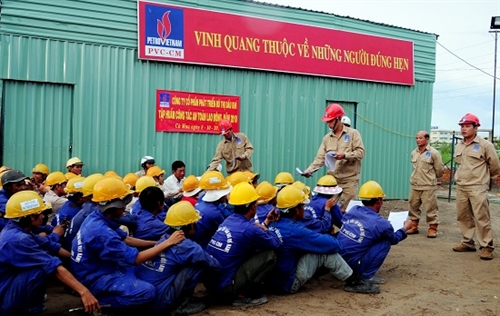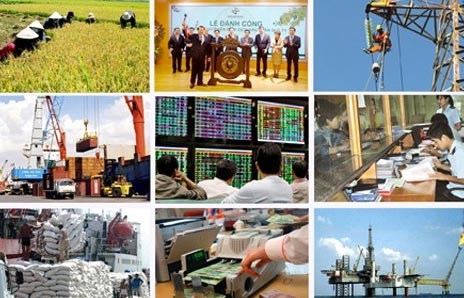The Government on February 2 issued Resolution No. 09/NQ-CP, agreeing to sign the Trans-Pacific Partnership (TPP) agreement.
 |
| Vietnam's garment industry is expected to benefit from the trade agreement__Photo: doanhnghiepnet.com.vn |
Accordingly, it authorized the Minister of Industry and Trade to ink the agreement with authorized representatives of nations joining the agreement, while procedures required will be undertaken by the Ministry of Foreign Affairs.
October 5, 2015, marked a historical milestone for the 12 TPP countries, namely Australia, Brunei, Canada, Chile, Japan, Malaysia, Mexico, New Zealand, Peru, Singapore, the US and Vietnam, as their trade ministers reached final consensus on the world’s largest free trade agreement after more than five years of negotiations.
The TPP agreement is considered a turning-point agreement of the 21st century, formulating a new standard for global trade while still touching on new-generation issues. It carries the following five notable characteristics:
Firstly, the agreement basically cuts down tariff and non-tariff barriers to trade in goods and services, while adjusting all trade-related sectors, including trade in goods and services and investment, aiming to create new opportunities and benefits for enterprises, employees and consumers of member states.
Secondly, it facilitates the development of production and supply chains and uninterrupted trade, supports job creation, improves living standards, and creates favorable conditions for international integration as well as open-door domestic markets.
Thirdly, it enhances the renewal, productivity and competitiveness through the settlement of new issues, including the development of digital economy and increasingly strengthened roles of state enterprises in the global economy.
Fourthly, with new factors, the agreement helps economies at all development levels and enterprises of different sizes benefit from trade. It also helps medium- and small-sized enterprises make use of opportunities it brings, and at the same time raises challenges to the governments of member states.
Last but not least, the agreement is expected to lay the foundation for regional economic integration, while designed to cover other Asia-Pacific economies.- (VLLF)









